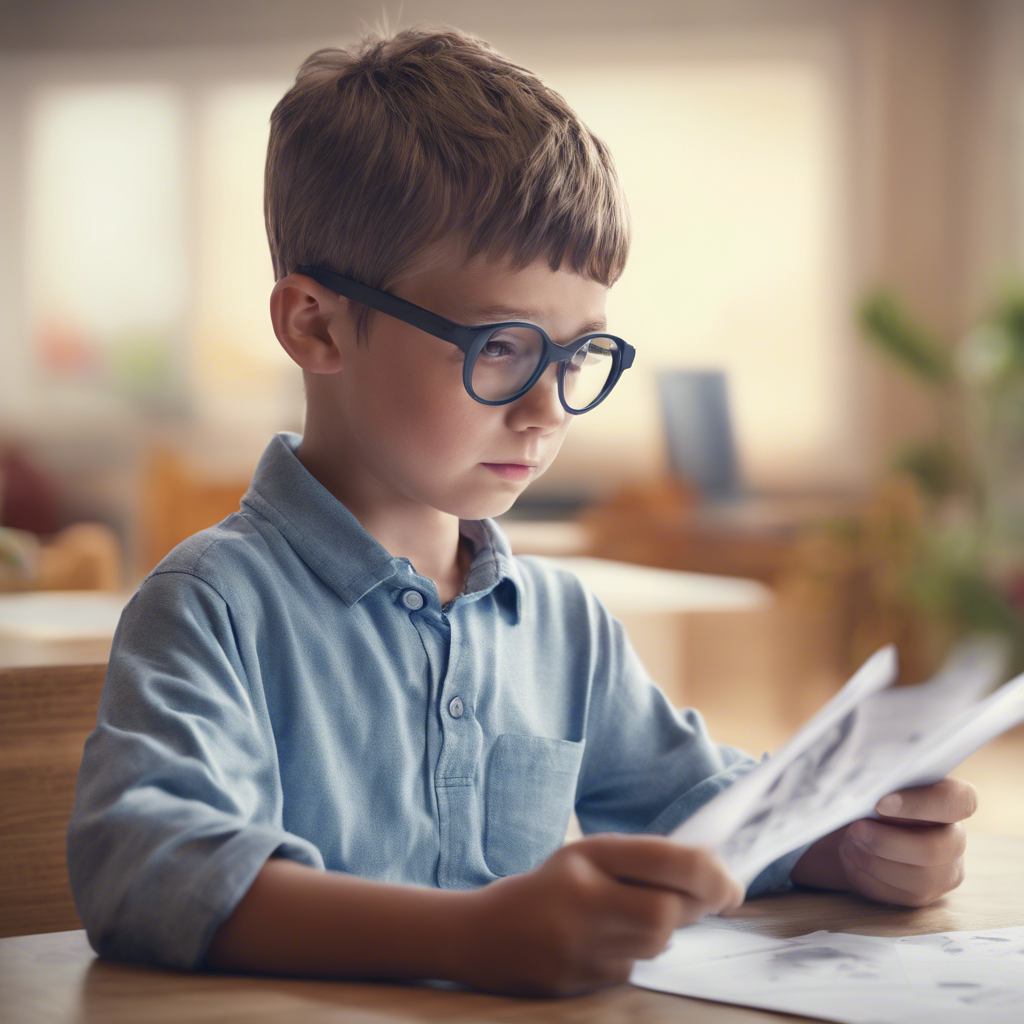Mindfulness for Kids: Helping Children Find Confidence and Inner Peace
- Kim Farrell
- Jul 25, 2024
- 2 min read

When the days are packed with schoolwork, extracurricular activities, and social pressures, it's easy for children to get swept up in the chaos and feel overwhelmed by their emotions. Teaching kids mindfulness techniques can be a powerful tool in helping them cultivate confidence and inner peace from a young age. As parents or educators, incorporating mindfulness into daily routines can have a profound impact on children's self-awareness, emotional regulation, and overall well-being. Here are 7 mindfulness activities for you to try out with your kids. Experiment with each one to see what works best for them!
Mindful Breathing:
Encourage children to focus on their breath, teaching them to take slow, deep breaths. This simple practice can help kids calm their minds and bodies, especially during moments of stress or anxiety.
Mindful Listening:
Guide children to pay attention to the sounds around them without judgment. This activity can help enhance their listening skills and promote a sense of presence in the moment.
Gratitude Journaling:
Encourage kids to keep a gratitude journal where they can write down things they are thankful for each day. This practice instills a positive mindset and fosters resilience in children.
Mindful Movement:
Introduce gentle yoga or stretching exercises to kids, focusing on body awareness and connecting movements with breath. Physical activity paired with mindfulness can promote relaxation and reduce tension.
Emotional Check-Ins:
Teach children to recognize and label their emotions using a feelings chart or emotional wheel. This awareness helps them understand their feelings better and develop strategies for emotional regulation.
Mindful Eating:
Engage kids in mindful eating by encouraging them to savor each bite, focusing on the taste, texture, and smell of food. This practice promotes healthy eating habits and enhances the sensory experience of meals.
Mindful Art:
Invite children to express themselves through art, such as drawing, coloring, or painting, while being fully present in the creative process. Art can be a therapeutic outlet for emotions and a channel for self-expression.
Mindfulness offers various advantages for children, such as enhanced focus and concentration, stress management, improved self-regulation, and enhanced self-worth. By engaging in mindfulness practices, children can boost their attention span, reduce stress and anxiety, regulate their emotions and behaviors effectively, and develop a stronger sense of self-worth and confidence. These benefits equip children with valuable skills to navigate challenges and thrive in different aspects of their lives.

Embedding Mindfulness in Daily Routines
Morning Mindfulness:
Start the day with a short mindfulness practice, such as a breathing exercise or setting positive intentions for the day ahead.
Mindful Transitions:
Encourage mindfulness during transitions, such as moving from one activity to another or transitioning from school to home. This helps children stay present and mindful throughout the day.
Bedtime Reflections:
Incorporate mindfulness into bedtime routines with calming activities like guided meditation or quiet reflection. This can help children unwind and prepare for a restful sleep.
Mindfulness is a valuable skill that can nurture children's confidence, inner peace, and emotional well-being. By introducing mindfulness techniques, teaching self-awareness, and incorporating mindfulness into daily routines, we can equip children with essential tools to navigate life's challenges with resilience and positivity.










Comments